Traditional Chinese pants, as important clothing, have a long history in China. Han people generally wear trousers, not only from the Han Dynasty. On the contrary, the Han nationality is considered to be one of the first nations in the world to wear pants.
Traditional Chinese pants can be divided into two types: one is called Kun(裈) and the other is called Ku(袴).
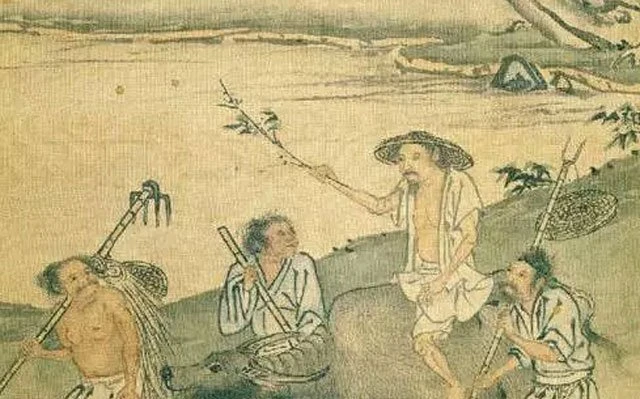
traditional Chinese pants in ancient paintings from the Ming Dynasty
Kun(裈)
Kun is an ancient underpants with the crotch, according to the present archaeological evidence, Kun can be traced back to the late Neolithic.
It can be divided into two types:
- one is very short and similar to the contemporary triangle underpants, which was called " Dubi Kun (犊鼻裈dú bí kūn)" in ancient times; "Dubi Kun" has a history of more than 5000 years and is still used in some parts of Contemporary Asia.
- the other is slightly wider and similar to the contemporary beach pants, which have two obvious pants with knee-length. Compared with the "Dubi Kun" to be more formal, so it has been widely used in the past dynasties, especially in hot areas.
Usually, in ancient times, few people will directly expose Kun to the outside except for the farmers, servants or soldiers.
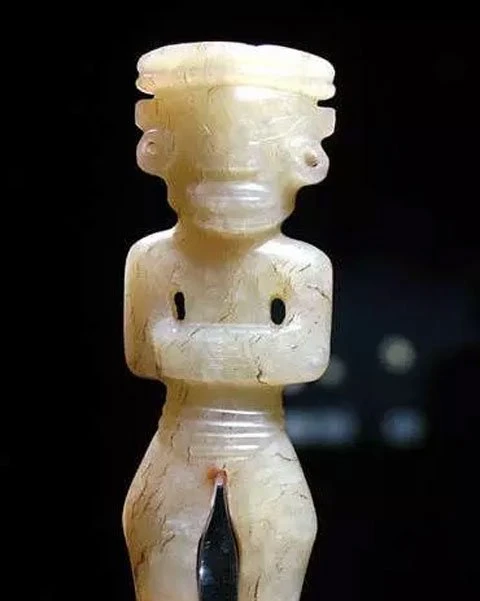
jade decorations from 4600-4000 years ago
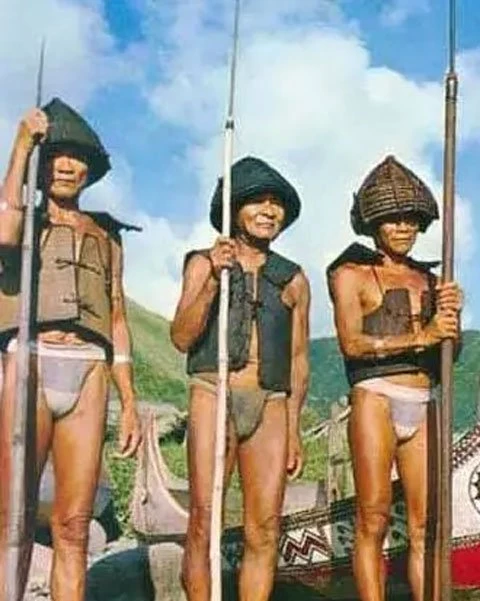
Taiwan aboriginal clothing
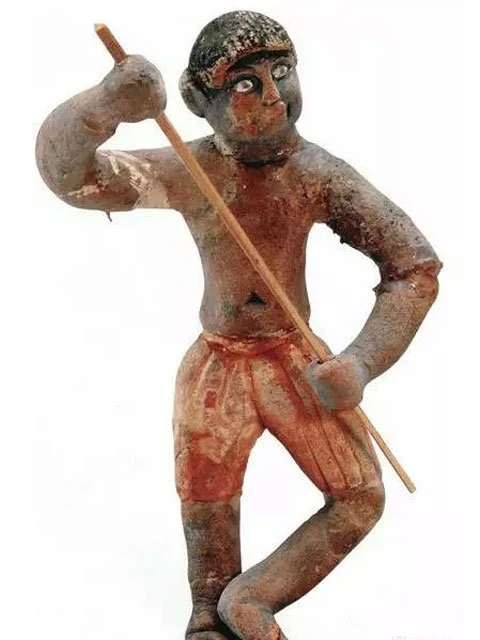
traditional Chinese pants in black clay figurines of Tang Dynasty
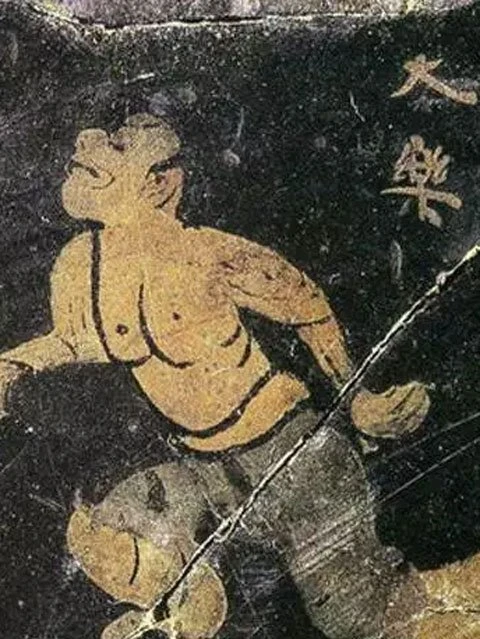
parts of lacquerware unearthed in the Three Kingdoms period
Ku (袴)
Ku (袴) is the outer pants of ancient times. In the early stage, Ku is especially the outer pants with open crotch, and in the later stage, the boundary between Ku and the lengthening style Kun (裈) is gradually blurred.
The reason why we can't understand the existence and application of open crotch pants is that our impression of open crotch pants is based on the contemporary baby open crotch pants. In ancient times, open crotch pants were rarely worn alone, and they were usually added to Kun with the crotch.
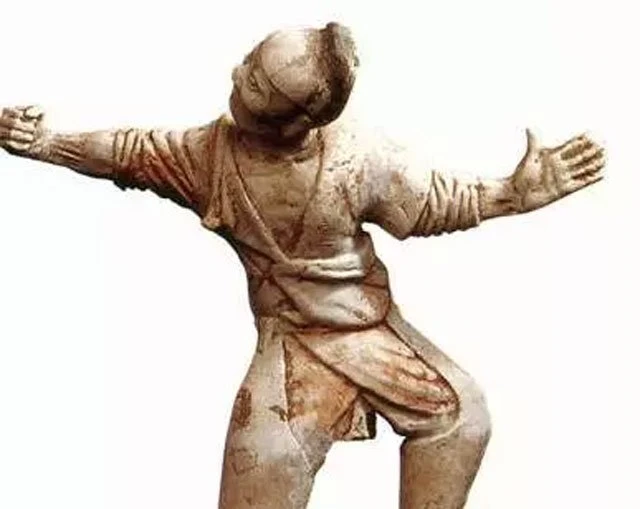
painted figurines in the Tang Dynasty
The function of Ku is to keep warm. The Ku used for keeping warm is usually thick, some of which are made of wool or even fur. The traditional Ku is made of plane cutting, so it can't fit the human body well.
When the material itself is thick, the crotch processing becomes troublesome, which affects the comfort of wearing or hinders the movement of the human body, so the more convenient way is not to make crotch at all.
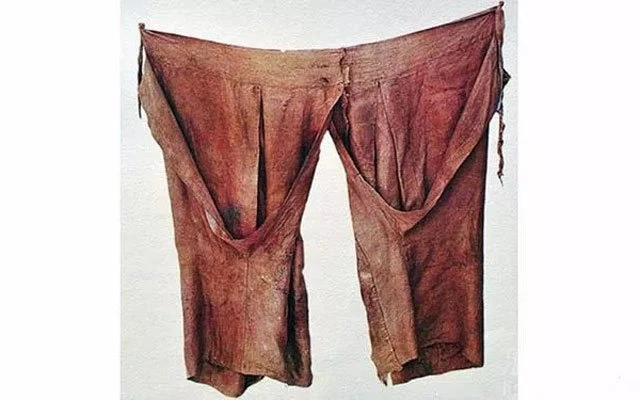
open crotch pants unearthed in Southern Song Dynasty
Ku can be divided into two types according to style:
- one contains the waistband, which is connected with two trouser tubes, but the crotch is not sewed. The surface of this type of pants looks like the lower body will be exposed when they are worn. However, due to the wide waist of the pants, a large overlapping area will be formed at the closing part of the waist in actual wearing. In addition, there is a cover of Kun and hem inside, so there is no problem of exposure.
- another kind of Ku is that two trouser tubes are separated and there is no waistband. When it is used, it is hung on the tie of the Ku by the rope belt. In a few cases, it is also hung on the belt of the coat, and the hem of the coat is stuffed into the trouser tube.
According to Ku's warm-keeping use, it can be inferred that Ku is more likely to be used in the north of China than in the south. This can also be confirmed by a comprehensive investigation of historical relics and documents.
Therefore, the use of crotch pants mainly depends on the climate, not the nation. Many nomadic people in the north of Asia still have the habit of using leather Ku in autumn and winter.
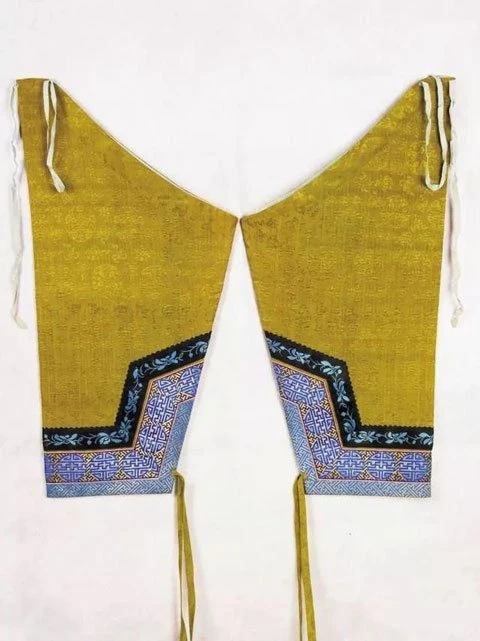
traditional Chinese pants from the Qing dynasty
In addition to Ku for keeping warm, there is also a kind of decorative Ku. Because Ku is added to Kun, the decoration design of the bottoms will naturally be mainly used in Ku.
Under this kind of design thinking, a kind of Ku emphasizing decoration is gradually derived. This kind of Ku is made of thin materials, which are usually decorated with embroidery or jacquard fabric or even brocade, while Ku's original warm-keeping function is weakened.
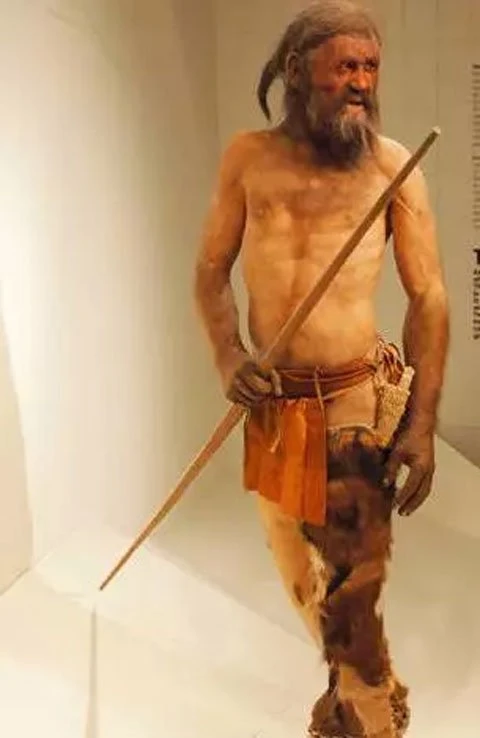
"Otzi" restored wax figure
it is worth mentioning that Otzi, the Iceman mummy found in the Alps of Italy in 1991, is about 5300 years old. In addition to the good preservation of soft tissue, the fragments of clothing have also been preserved.
Later, archaeologists have restored the clothes worn by Otzi according to these samples of clothing fragments. The bottoms that oz wears are also crotch-free pants with two legs separated. It's very similar to Chinese traditional pants. Maybe these pants are not invented and spread by a certain nation, but the commonness in the development of human clothing.
Traditional Pants in Modern Hanfu
Although we often see skirts and no pants in frescoes and ancient scrolls, it's really just that most of the time the pants are covered by the skirt, giving modern people the illusion.
Hanfu styles that are suitable for wearing with traditional Hanfu pants: Yi San (曳撒), Dao Pao (道袍), Ma Mian Qun (马面裙), etc.
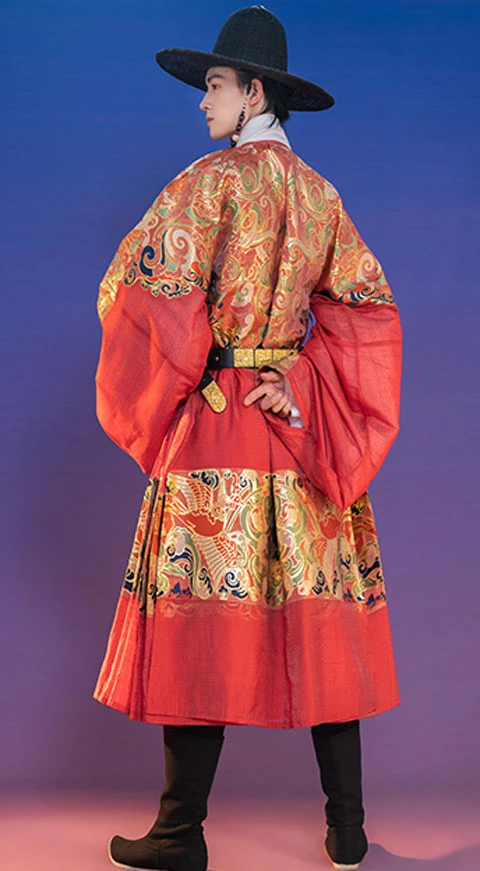
The above is the introduction of traditional Chinese pants.
For more information about Chinese outfits and classic Hanfu style can be found here.
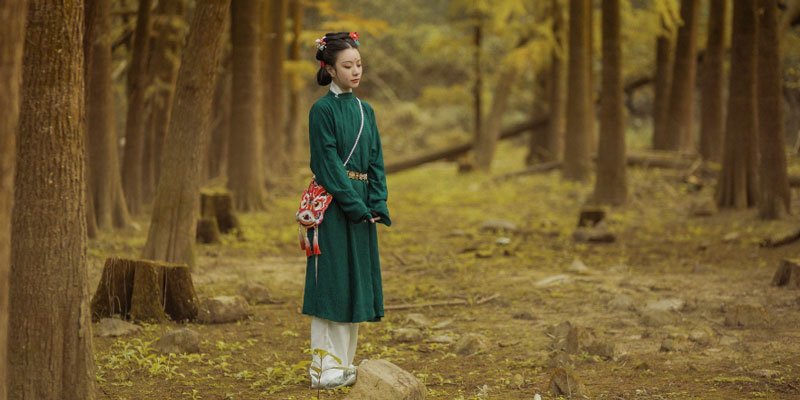






Need more improvement. 😊
You should really read about:
上衣下裳 (from Shan all the way up to Ming)
小河墓地 (early Shan cemetry - no pants, crotchless or crotched)
新疆 洋海 (early Zhou, the first crotched pants in the world - but this was not a Chinese territory)
King Wuling of Zhao's reform ("Hu-fu and horseback bowshooting") - an attempt to introduce crotched pants in China (Warring States)
I am sorry but this article is such a mess. No history of using pants with a crotch in China before Warring States.
The ones crotchless you are showing in a tang clay statuette present another type of crotchless pants, not the ones worn in Zhou, Han and Jin - those were worn with nothing underneath.
Even burial sites of Tang give similar percentage of Crotch less and crotched pants, because chroched pants were not easily accepted and concidered to be garments for lower classes like laborers and soldiers.
Thank you for your suggestion, we will check this article further and improve it.
Interesting!